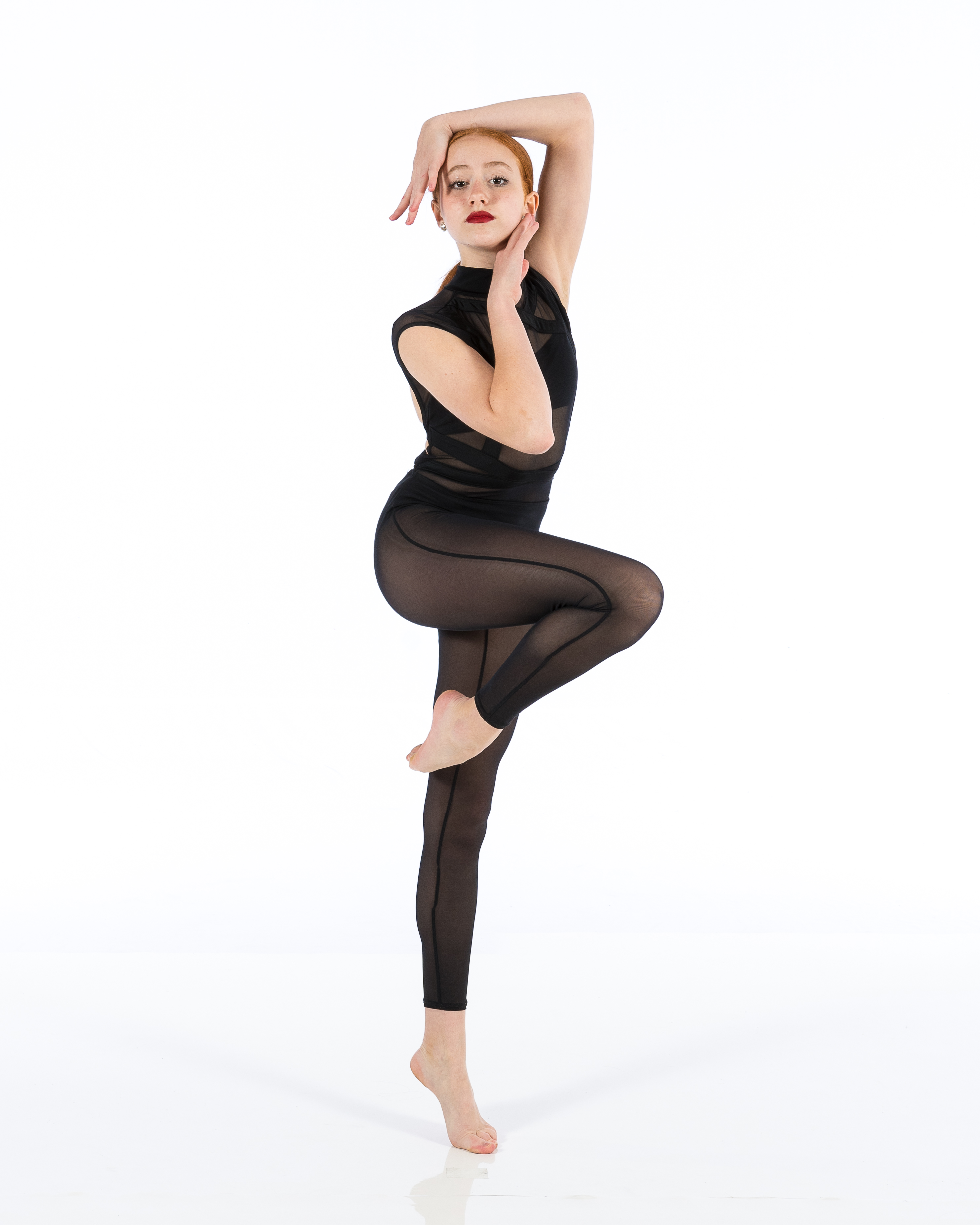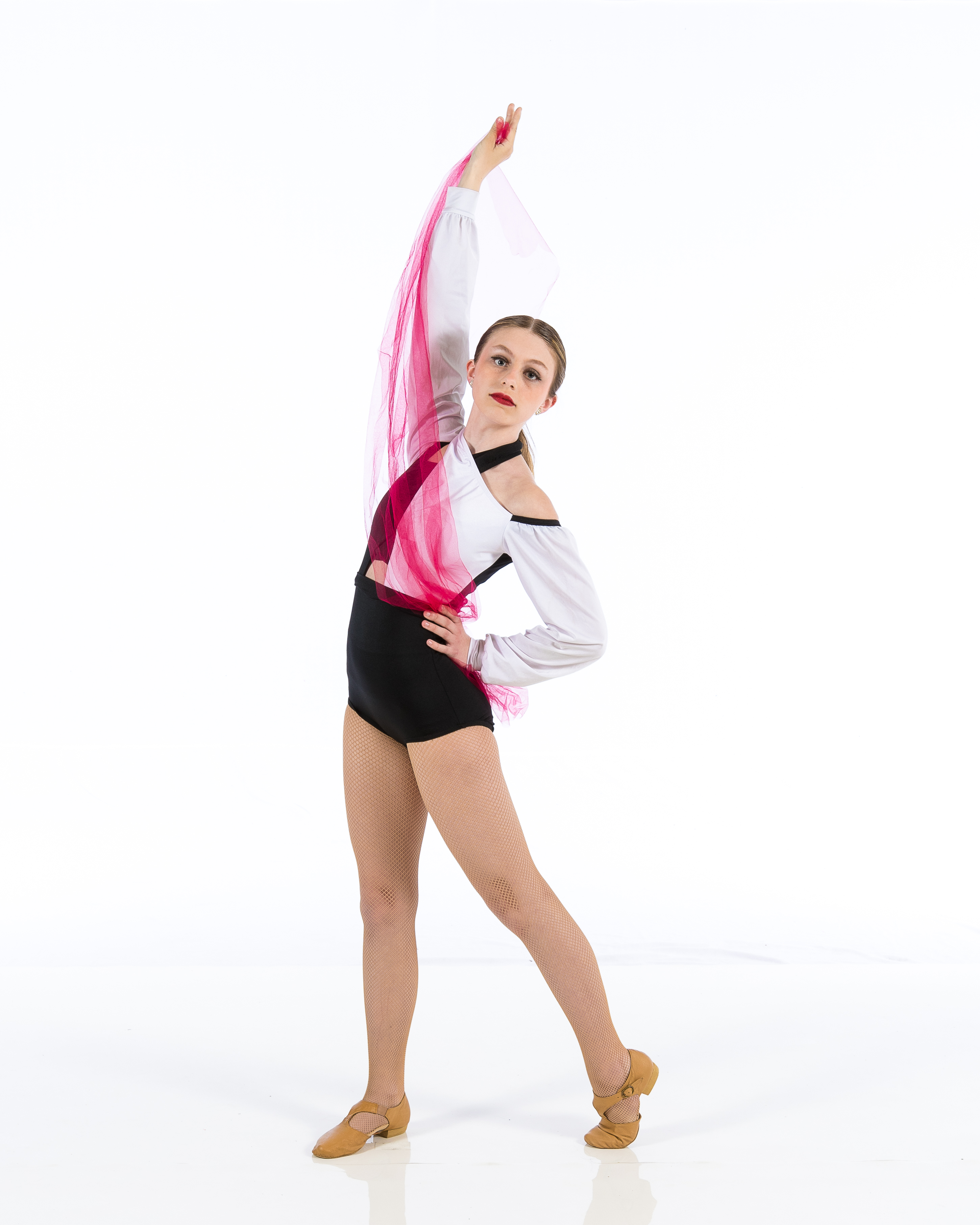Introduction
Ballet is not just a dance; it's an art form that transcends mere movement, telling stories and expressing emotions through every pirouette, leap, and plié. The power of expression in classical ballet performance captivates audiences worldwide, drawing them into the dancers' narrative. The artistry involved in ballet is a blend of technique, grace, and profound emotional communication.
At its core, classical ballet performance serves as a mirror reflecting human experiences—love, sorrow, joy, and despair—all conveyed through the beauty of movement. In this article, we'll explore how expression plays a pivotal role in ballet and delve into various aspects that make it an enchanting spectacle.
The Power of Expression in Classical Ballet Performance
The power of expression in classical ballet performance lies within its ability to communicate complex emotions without uttering a single word. Through intricate choreography and expressive movements, dancers convey stories that resonate with audiences on a profound level.
Understanding Emotion in Dance
Dancers are often trained not only to master their physical technique but also to tap into their emotional reservoir. This emotional intelligence transforms their performances from technical displays into compelling narratives.
The Role of Facial Expressions
One might wonder how facial expressions can enhance a performance. Well, they act as the storytellers of the dancer's journey. A subtle smile can suggest happiness or triumph, while furrowed brows may evoke sadness or tension. These tiny nuances create layers within the dance.

Body Language: The Unspoken Dialogue
In ballet, body language plays an equally crucial role in expression. Every angle of the arms, every tilt of the head conveys meaning. Dancers use their bodies to express feelings that often words cannot capture.


The Training Behind Expression
You might think that such powerful expression comes naturally to all dancers; however, achieving this level of emotive prowess requires rigorous training at a reputable Ballet Dance Studio or Ballet Dance Academy.
Technical Mastery over Expressive Movement
Before dancers can fully express themselves on stage, they must first master foundational techniques. This includes understanding posture, alignment, and basic movements which serve as building blocks for more expressive choreography.
Creating Character Through Performance
Every classical ballet performance involves portraying characters with distinct personalities and emotions. Dancers often undergo character studies to grasp their roles fully.
The Importance of Character Development
Why is character development crucial? Because it allows performers to embody their roles authentically. Whether it's the tragic Odette from "Swan Lake" or the whimsical Clara from "The Nutcracker," developing a deep understanding of these characters enriches performances.
Choreography: The Blueprint for Expression
Choreography serves as both a roadmap and canvas for dancers’ emotional expression. It dictates movement sequences while leaving room for interpretative flair.
Dynamic vs. Static Movements
Different styles within classical ballet embrace varying degrees of dynamism. Some pieces emphasize fluidity and grace (think adagio), while others may focus on sharpness and precision (think allegro). Each style has its unique way of conveying emotion.
Music’s Influence on Expression in Ballet
Music acts as an essential partner to dance—a silent collaborator steering the emotional tone throughout the performance.
Choosing the Right Score
Selecting music that resonates with both the choreographer's vision and the dancer's interpretation is key to successful storytelling through dance.
The Impact of Costumes on Emotional Expression
Ever noticed how costumes contribute significantly to performances? They aren’t just clothes; they’re visual symbols amplifying the story being told.
Color Psychology in Ballet Costumes
Colors evoke feelings—red may symbolize passion while blue might convey calmness or melancholy. Costume designers utilize these associations strategically dance studio when creating attire for characters.
Lighting and Stage Design: Setting the Mood
Lighting enhances mood dramatically during performances—transforming simple movements into breathtaking spectacles by highlighting certain aspects while obscuring others.
How Lighting Shapes Audience Perception
Have you ever been moved by how light cast shadows across dancers? Good lighting design creates atmosphere—allowing audiences to dive deeper into each scene’s emotion.
Audience Engagement: The Heartbeat of Performance
The relationship between performers and audiences is symbiotic; one feeds off the other’s energy during live performances.
Feedback Loop Between Performer & Audience
When audiences react—whether through applause or gasps—it energizes dancers further enhancing their expressiveness on stage! It’s like electricity crackling between two entities!
Challenges Dancers Face Regarding Emotional Expression
While mastering expression is essential for captivating performances; it doesn’t come without challenges!
Overcoming Stage Fright: A Common Hurdle
Stage fright can hinder even seasoned performers from giving their best emotionally charged performance! Many dancers learn coping strategies at Dance Studios specializing in psychological preparation techniques!
Incorporating Personal Experience into Performances
Dancers often draw from personal experiences when presenting powerful emotions on stage; it adds authenticity!
Finding Relatable Experiences
Whether heartbreak or joy; finding relatable situations helps create genuine connections with characters portrayed!
How Different Ballet Styles Influence Emotional Expression
Different styles have distinct ways they handle emotions—from romantic ballets showcasing love stories to contemporary works exploring modern themes!
Romantic vs Contemporary Ballet
Romantic ballets tend toward ethereal portrayals emphasizing emotional highs/lows whereas contemporary might lean towards raw human experience!
Collaborative Artistry: Working With Other Artists
Many times ballet performances involve collaboration among various artists enhancing overall expressiveness—from musicians composing scores specifically for pieces—to visual artists designing sets!
FAQ Section
Here are some frequently asked questions regarding the power of expression in classical ballet performance:
1. What does expression mean in ballet?
Expression refers to how dancers convey emotions through movement, facial expressions, gestures—essentially bringing characters alive on stage!
2. How can I improve my expressive dancing?
Improving expressive dancing starts with understanding your character deeply practicing facial expressions body language—all while maintaining technical proficiency!
3. Is training necessary to express oneself effectively?
Absolutely! Training provides foundational skills essential for effective emotional communication through dance movements ensuring authenticity resonates well with audiences!!
4. How important are costumes in conveying emotion?
Costumes play an integral role—they enhance storytelling helping audience members connect better visually/ emotionally with characters presented!!
5. Why is music so critical for expressing emotion?
Music establishes mood pacing influences dancers’ interpretations creating harmony between what viewers see/hear elevating overall experience!!
6. Can anyone learn classical ballet?
Yes! While some may excel faster than others persistence coupled with dedication makes learning classical ballet attainable regardless of prior experience!
Conclusion
In conclusion, the power of expression in classical ballet performance stands as one cornerstone defining this magnificent art form! From rigorous training at Ballet Dance Studios where students hone techniques—to incorporating personal experiences enriching portrayals—expression breathes life into every pirouette leap! It's what transforms mere movements into stories capable of moving hearts inspiring minds! So next time you watch a ballet performance remember—you’re witnessing not just skill but profound human connections communicated through artistry crafted over years!!